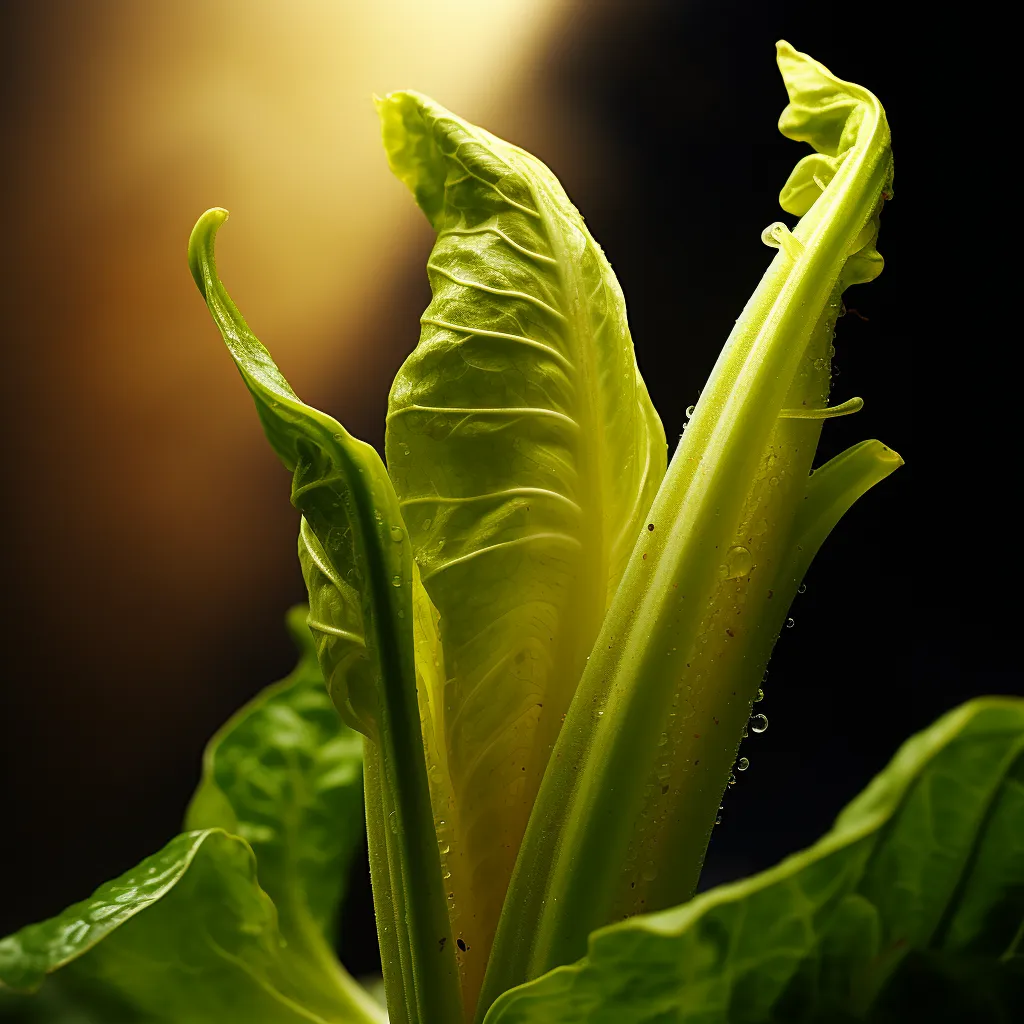Story of Day :
Contents
Beta vulgaris Solo (Beetroot Solo) Plant Care Tips
Growing your own vegetables can be a rewarding and fulfilling experience.
One vegetable that is relatively easy to grow, even for beginners, is the Beta vulgaris Solo, commonly known as beetroot solo.
With its vibrant color and earthy flavor, beetroot solo can be a great addition to your garden.
In this article, we will provide you with some useful plant care tips to ensure successful cultivation.
Choosing the Right Location
The first step in growing healthy beetroot solo plants is choosing the right location for them.
Beetroot solo thrives in full sun but can tolerate some partial shade.
Therefore, it is best to select a spot in your garden that receives at least six hours of direct sunlight each day.
It’s also crucial to consider the soil conditions.
Beetroot solo prefers well-draining soil with a pH level between 6 and 7.
If your soil tends to retain water or has poor drainage, you may need to amend it with organic matter such as compost or well-rotted manure.

Sowing Seeds or Seedlings
You have two options when it comes to planting beetroot solo: sowing seeds directly into the ground or transplanting seedlings into your garden.
Sowing Seeds:
- Prepare the soil by removing any weeds and loosening it with a fork or tiller.
- Create shallow furrows about half an inch deep using a rake or finger spacing them around four inches apart.
- Place one seed every two inches along each furrow and cover them lightly with soil.
- Water gently but thoroughly after sowing.
Transplanting Seedlings:
- Start beetroot solo seeds indoors about four to six weeks before the last frost date in your area.
- Once the seedlings have grown to around three inches tall and have developed their second set of leaves, they are ready for transplanting.
- Prepare your garden bed by removing any weeds and improving soil drainage if necessary.
- Dig holes that are large enough to accommodate the root ball of each seedling, spacing them around four inches apart.
- Gently remove the seedlings from their containers and place them in the prepared holes.
Backfill with soil and press lightly to ensure good contact between roots and soil.

Watering
The key to successful beetroot solo plant care is consistent watering.
These plants require regular moisture but can be sensitive to overwatering.
Aim for keeping the soil evenly moist throughout their growth cycle without saturating it or allowing it to dry out completely.
Avoid wetting the foliage when watering, as this can increase the risk of fungal diseases.
Instead, focus on delivering water directly to the root zone.
Drip irrigation or a soaker hose can be an efficient way of achieving this while conserving water at the same time.
Fertilizing

To promote healthy growth and maximize harvest yield, it is essential to provide adequate nutrients for your beetroot solo plants.
Before planting, incorporate a balanced fertilizer into your soil following manufacturer instructions.
Maintaining optimal nutrition levels throughout the growing season is crucial as well.
Side-dressing with compost or organic fertilizers every four weeks can help replenish nutrients in deficient soils.
Pest Control
Beetroot solo plants are generally resistant to many pests.
However, some common garden pests may still cause damage.
Keep an eye out for slugs, snails, and aphids.

One effective method of controlling these pests is by using natural predators such as ladybugs or spraying a solution made from neem oil and water.
Alternatively, you can create physical barriers around your plants using copper tape or diatomaceous earth to deter slugs and snails.
Harvesting
The time it takes for beetroot solo to mature depends on the variety you choose.
On average, beetroot solo is ready for harvest between 50 and 70 days after sowing.
To check if your beetroots are ready for harvesting, gently dig around the base of a plant and assess the size of the root bulb.
Beetroots should have reached their desired size (typically golf ball-sized) before lifting them carefully from the soil.
Summary
Growing Beta vulgaris Solo (beetroot solo) in your garden can be a rewarding experience with delicious results.
By selecting a suitable location with adequate sunlight and well-draining soil, properly sowing seeds or transplanting seedlings, providing consistent watering and appropriate fertilization, managing pests effectively, and harvesting at the right time – you can ensure successful cultivation of this vibrant vegetable.
Enjoy incorporating beetroot solo into your meals while reaping the benefits of growing your own food!